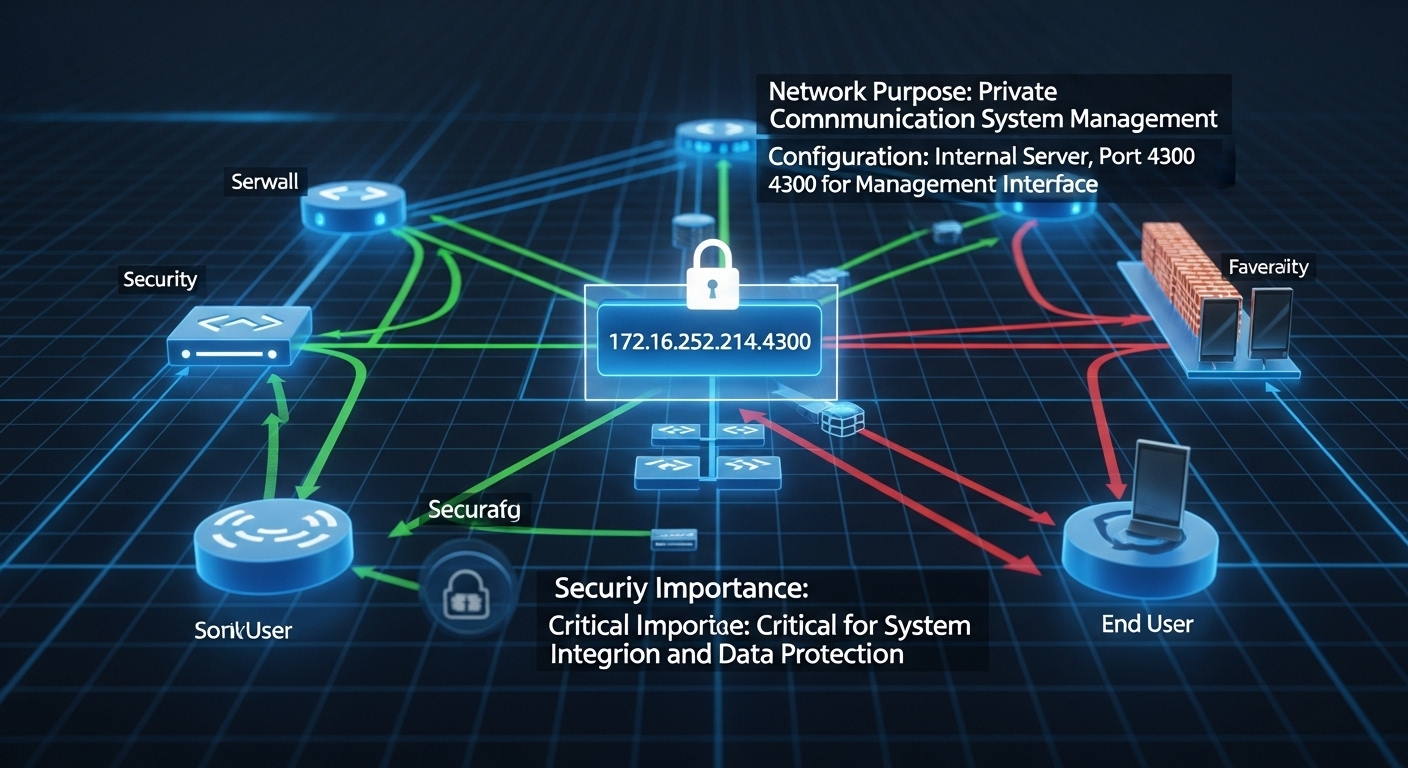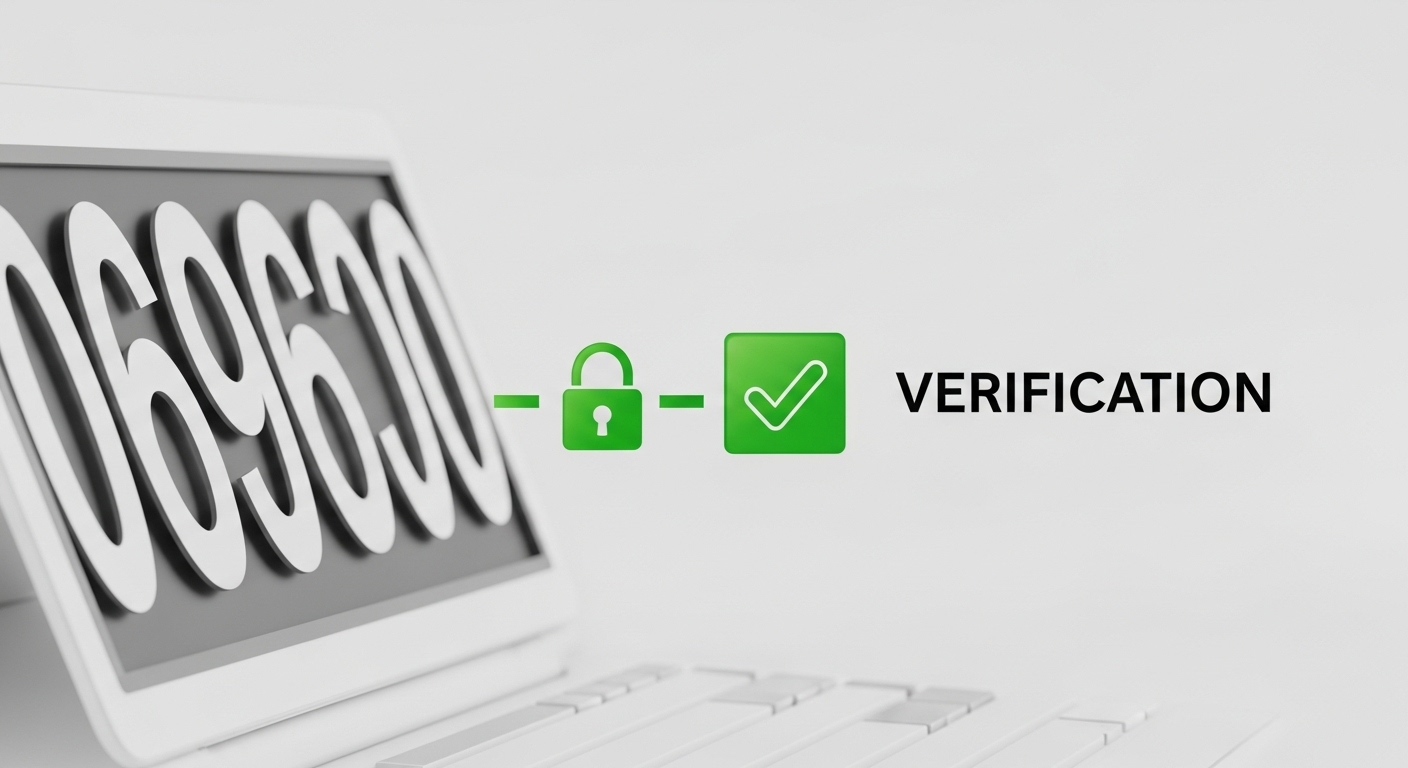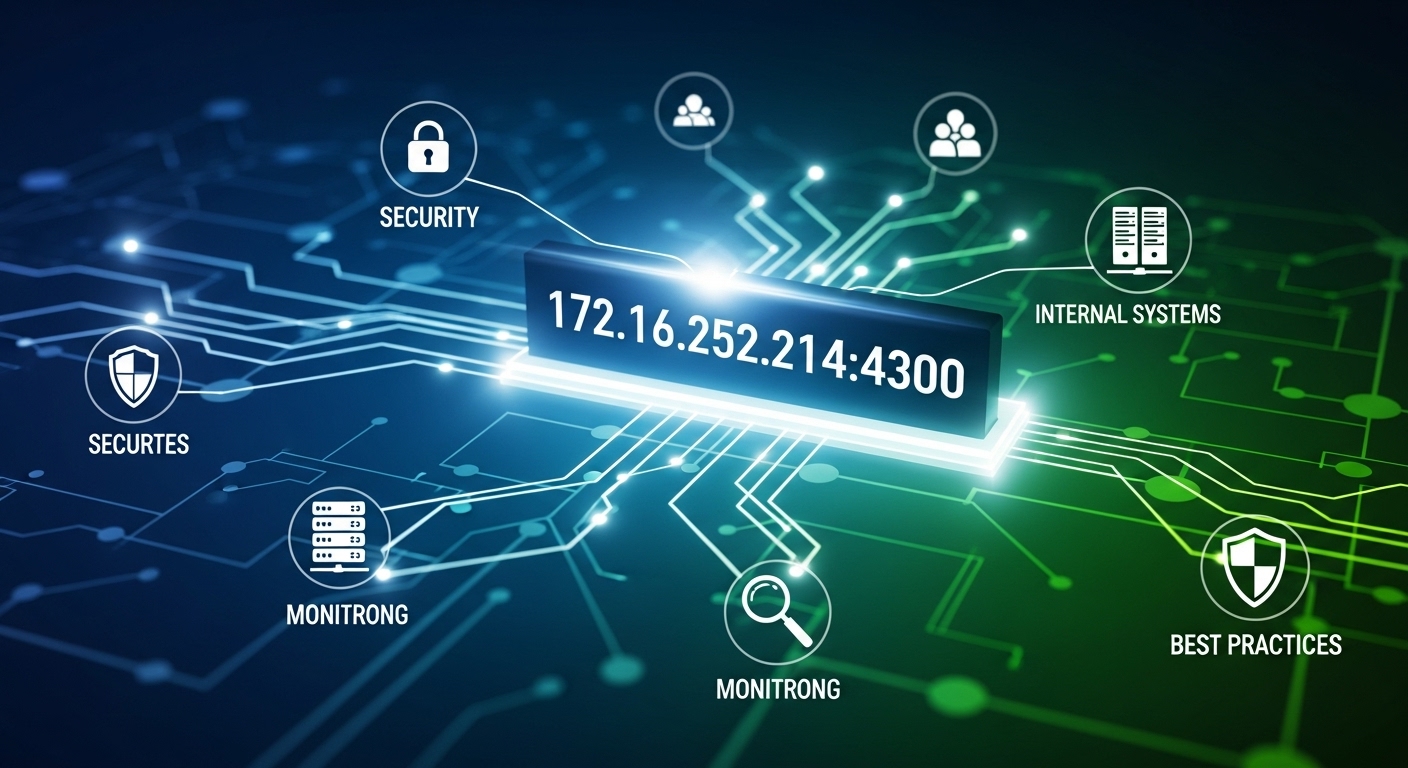In today’s digital age, IP addresses play a central role in connecting systems, ensuring security, and managing internal networks. One such term that often raises curiosity among IT professionals and learners alike is 172.16.252.214.4300. This combination of numbers might seem random at first glance, but it represents a specific configuration used in private networking and local communication systems. Understanding how 172.16.252.214.4300 functions can help improve network setup, security monitoring, and data routing within organizational environments.
What Is 172.16.252.214.4300?
The term 172.16.252.214.4300 combines a private IP address and a port number. The IP portion, 172.16.252.214, belongs to the private range (172.16.0.0 to 172.31.255.255), which is commonly used for internal networks that are not accessible directly from the internet. The “4300” represents a port, which acts like a virtual communication channel that allows specific applications or services to exchange data. When used together, 172.16.252.214.4300 can point to a particular device or service within a private system, such as a server, router, or application interface.
Why 172.16.252.214.4300 Matters in Networking
Every private organization that uses internal communication protocols relies on structured IP and port configurations. 172.16.252.214.4300 is often used in scenarios involving network monitoring tools, application hosting, or data management services that require secure internal access. IT administrators configure such private addresses to ensure smooth performance without exposing sensitive systems to the public internet. In corporate or educational networks, 172.16.252.214.4300 can serve as a local endpoint for database queries, API communications, or even internal dashboards.
Common Uses of 172.16.252.214.4300
172.16.252.214.4300 is typically found in local area network (LAN) setups. For instance, a company might assign it to a web application that tracks employee performance or manages project data. Since the IP is private, it helps protect internal resources from external threats. Additionally, IT teams may use 172.16.252.214.4300 as part of development and testing environments before deploying services publicly. Developers can safely simulate network interactions using this address and port combination, ensuring security and performance without the risks of online exposure.
Security Aspects of 172.16.252.214.4300
Network security is a vital consideration for any system using private IPs. While 172.16.252.214.4300 is not reachable from the internet, it can still be vulnerable to insider threats or misconfigurations. Proper access control, authentication, and encryption are essential to keep communication within the network safe. Network administrators often pair 172.16.252.214.4300 with firewalls and VPNs to add an extra layer of protection. Monitoring tools can also track data flow through this IP and port to detect suspicious activity in real time.
How IT Teams Configure 172.16.252.214.4300
Setting up 172.16.252.214.4300 involves defining the IP address within a local network and assigning port 4300 to a specific application. Configuration files or network management panels usually allow administrators to control who can access the service associated with it. This setup ensures that only authorized devices can communicate using 172.16.252.214.4300. For example, a developer’s machine and an internal server might exchange information securely through this port while the external network remains isolated.
Troubleshooting Connectivity Issues
Even though 172.16.252.214.4300 is designed for internal use, connectivity issues can arise due to routing conflicts, port blocking, or misconfigured firewalls. Network professionals often use tools like ping, traceroute, or telnet to verify whether the IP and port are active. Restarting services or reviewing network access rules can also resolve conflicts related to 172.16.252.214.4300. Keeping documentation of internal IPs and ports helps teams maintain better control and identify problems quickly.
Benefits of Using 172.16.252.214.4300 in a Private Network
The use of 172.16.252.214.4300 provides multiple advantages. It ensures network segmentation, allowing departments or systems to communicate internally without internet exposure. It improves performance because local data transfer is faster than external routing. Additionally, organizations can customize 172.16.252.214.4300 for specific roles—such as database synchronization, local backups, or internal web applications—tailored to their operational needs.
Conclusion
Understanding the concept of 172.16.252.214.4300 is essential for professionals managing local or enterprise networks. It symbolizes how IP addressing and port management form the backbone of secure and efficient communication. By correctly configuring and maintaining 172.16.252.214.4300, organizations can protect internal systems, enhance data flow, and maintain a high level of control over their digital infrastructure. As networks continue to evolve, mastering private address management like 172.16.252.214.4300 will remain a valuable skill for IT teams and developers alike.



